For off-grid households on wheels, every watt, gram, and cubic inch matters. The right RV battery toothbrush doesn’t just clean teeth; it saves energy, reduces hassle, and boosts attachment sales through smart refills and accessories. Below are six B2B dimensions—market fit, power system, rugged design, hygiene workflow, validation, and commercialization—showing why this category can be a genuine RV travel essential when engineered end-to-end.
First, understand the use case. RVers juggle 12 V DC systems, solar variability, water conservation, and space limits. Position your RV battery toothbrush as:
Next, design the electrical platform around real RV constraints:
Moreover, RV life is rough on devices. Engineer the handle and heads accordingly:
Then, optimize for scarce water and shared bathrooms:
Furthermore, test against real RV conditions, not just bathrooms:
Finally, package the system for retail and service:
A well-designed RV battery toothbrush can absolutely be an RV travel essential—provided it saves power, shrugs off vibration, and simplifies hygiene in tight spaces. For B2B teams, move fast with this plan:
Want a production-ready spec next (battery/BMS table, vibration profiles, sealing stack, and a pilot KPI dashboard) tailored to your factory and RV retail partners? I can draft it immediately. Contact Powsmart
.jpg)
.jpg)
.jpg)
Benefits of Travel-Friendly Water Flosser Design

Electric Toothbrush Inspection and Quality Control in China
Why Do Efficacy Comparisons Focus on Bleach Breakdown?

New Year Resolution for Better Oral Health: OEM Product Planning
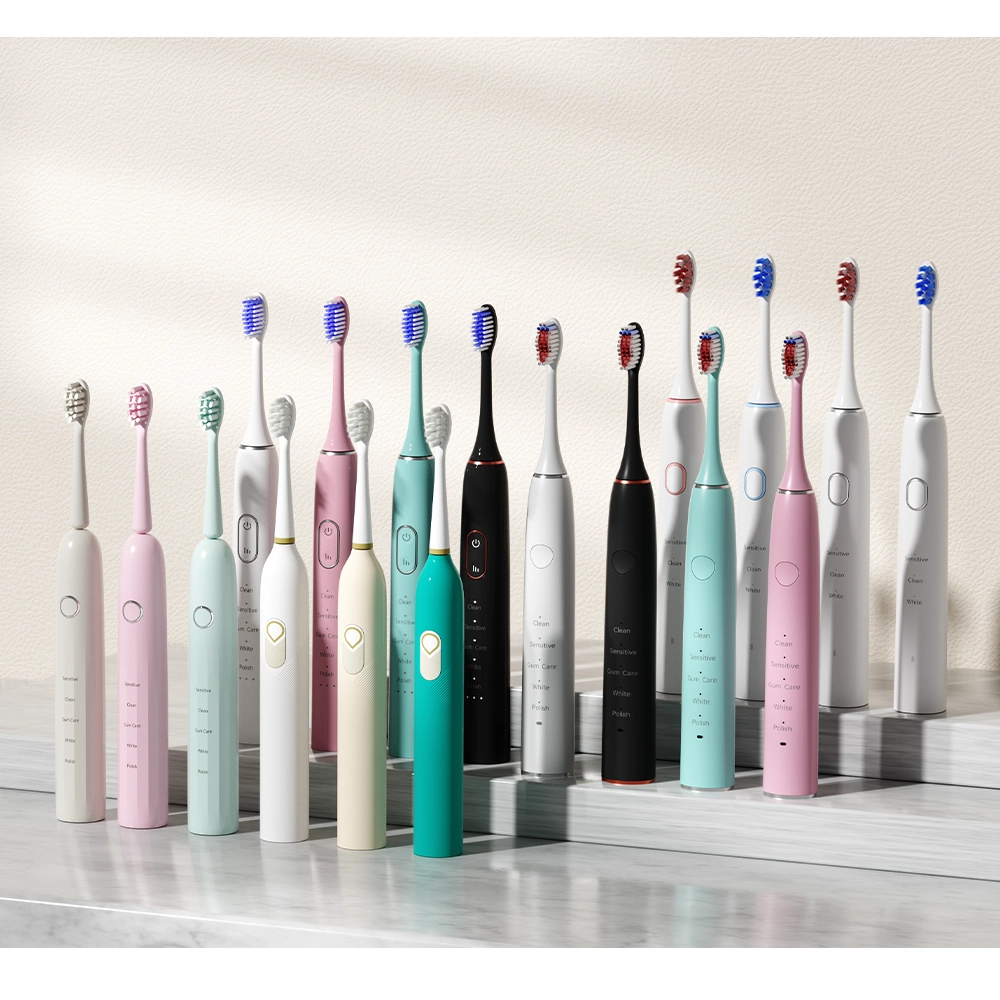
Powsmart’s Electric Toothbrush Factory: the story behind 20 years of industry experience
Advanced AI Electric Toothbrush Gift for Software Engineers Bangalore

BPA-Free Brush Heads: Why They Matter for Oral Care Brand Owners
Best Kids Electric Toothbrush Birthday Gift | Powsmart
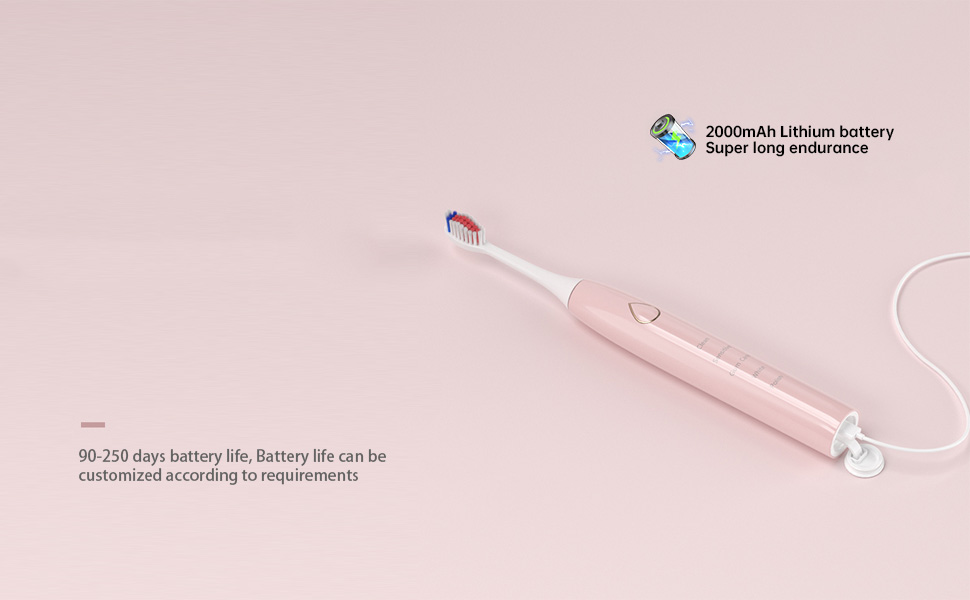
Lithium Battery Knowledge for Electric Toothbrushes
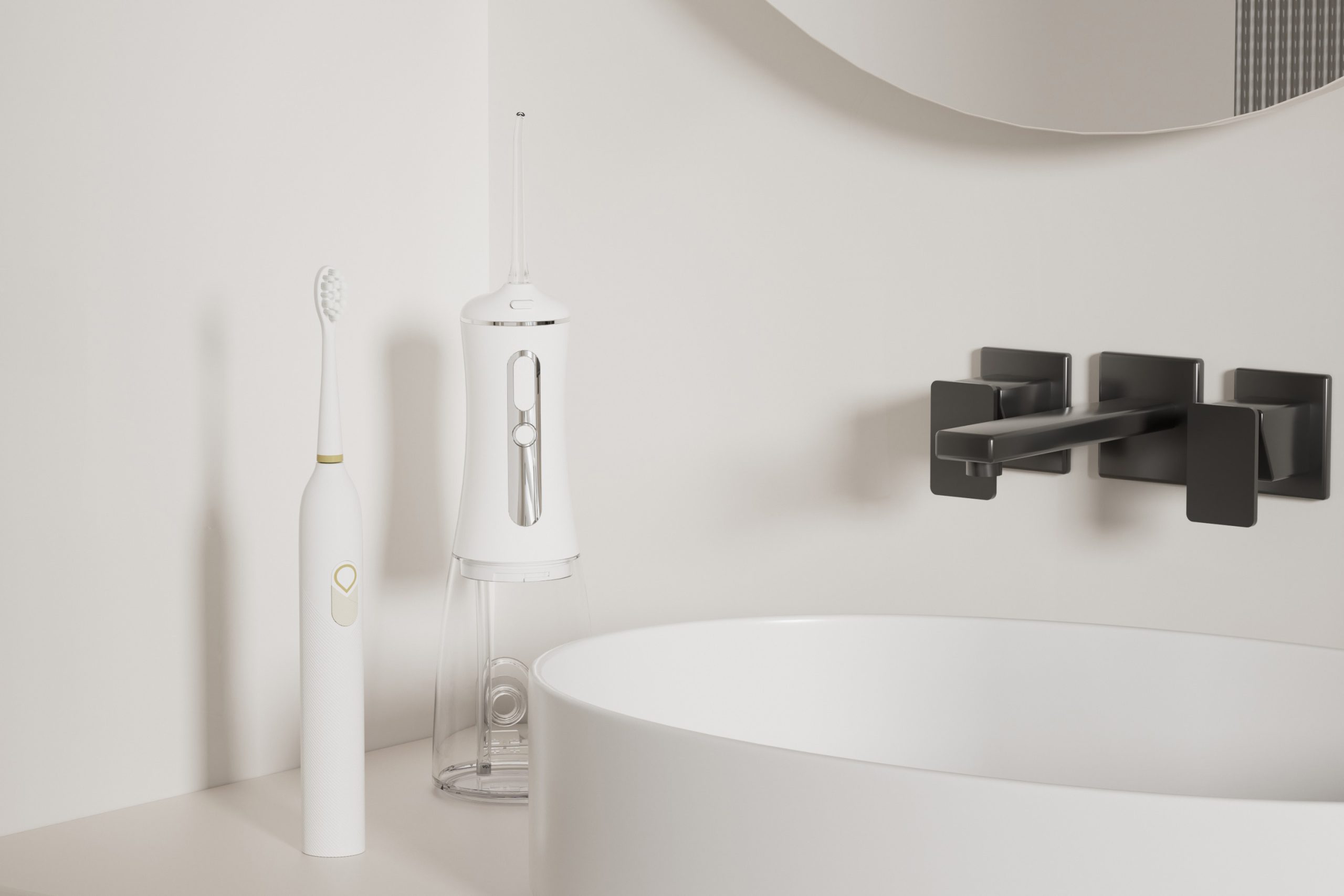
The Combination of Electric Toothbrush and Oral Irrigator: How to Achieve Comprehensive Oral Care?

What are the important quality tests in electric toothbrush production?
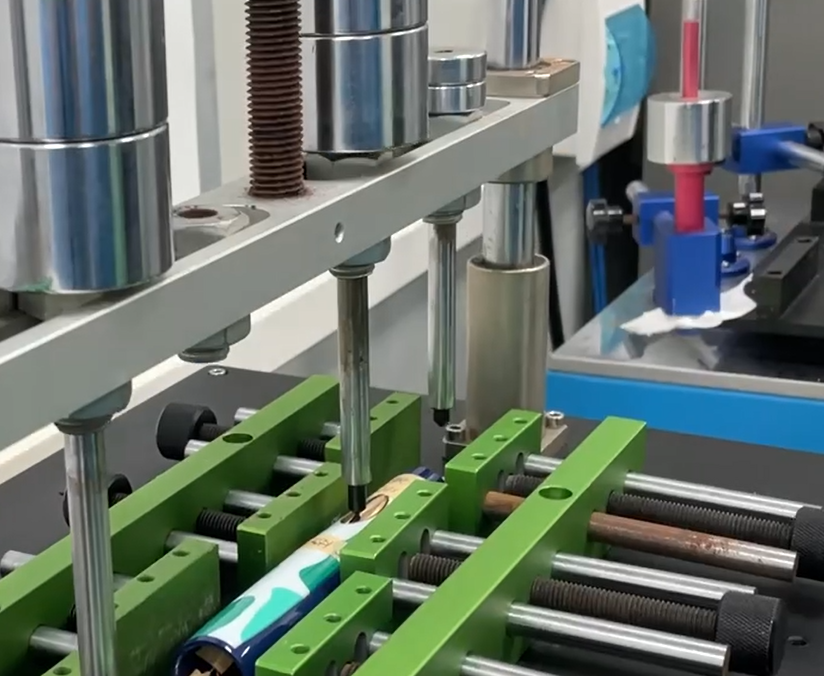
Electric Toothbrush Product Quality Control Analysis: 5 Must Testing Standards

The manufacturing process and quality control of dental appliances
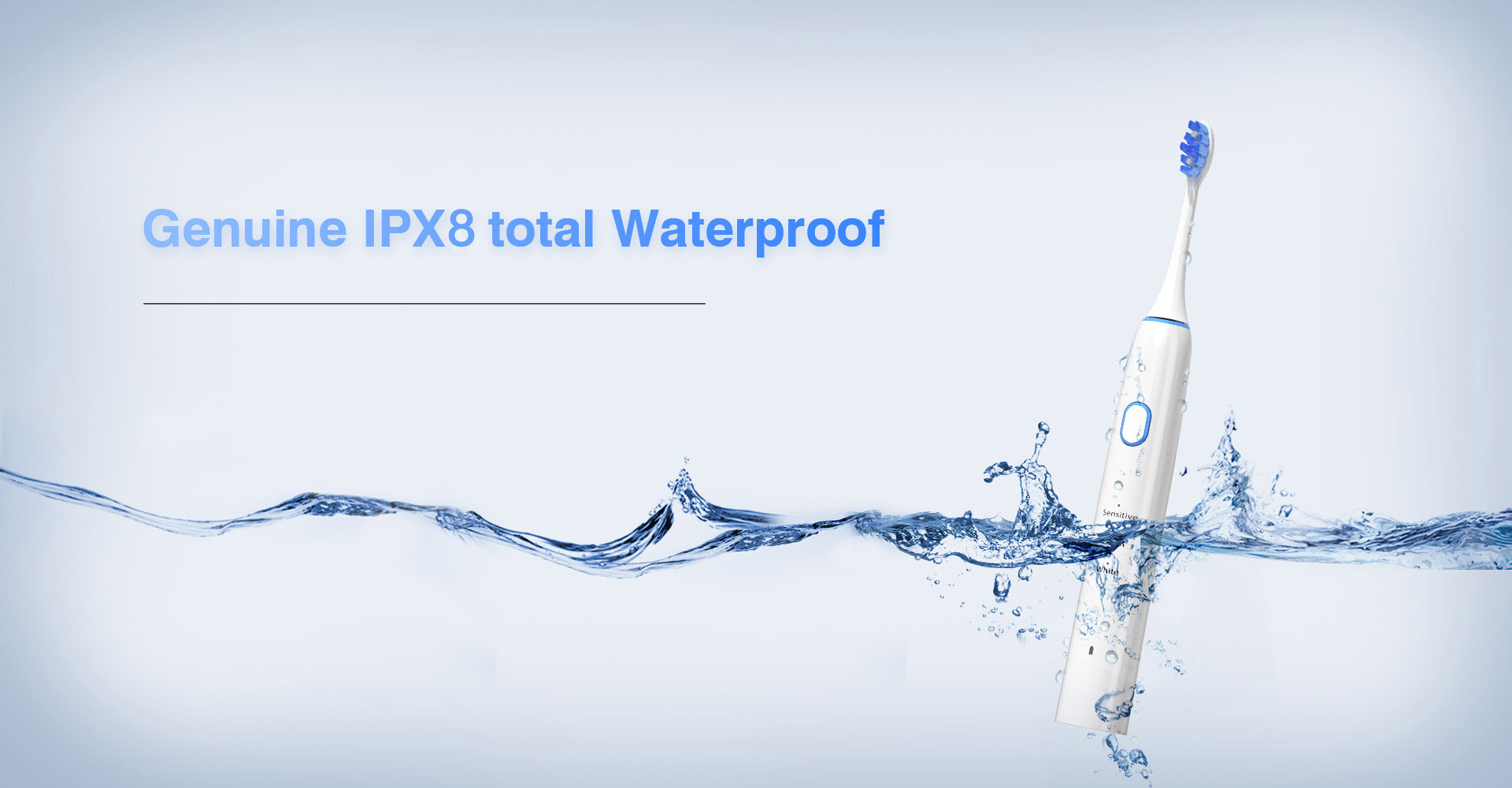
Analysis of common faults and solutions of electric toothbrushes from electric toothbrush manufacturing side
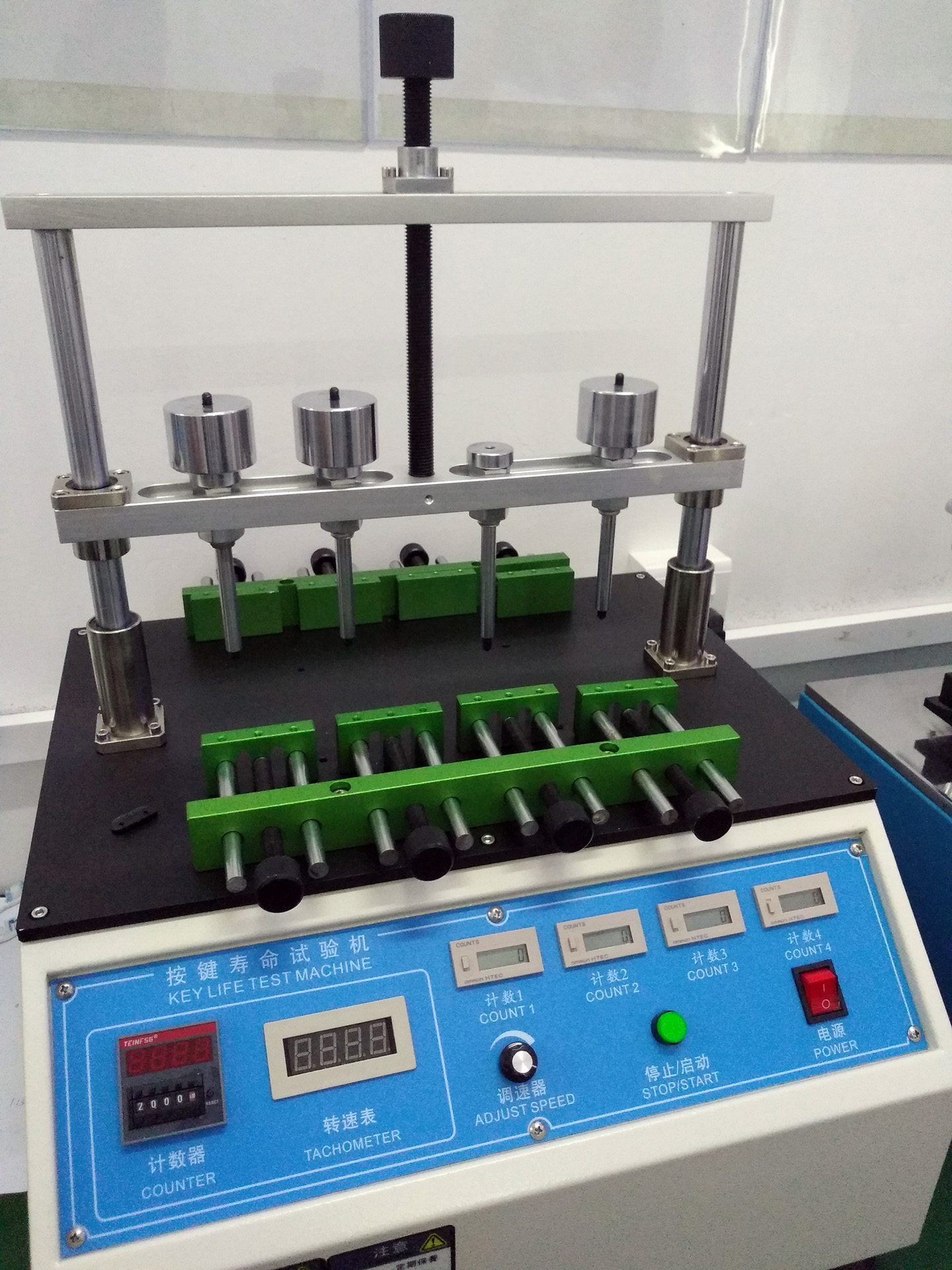
Application of Water Transfer Printing and Thermal Transfer Printing on Electric Toothbrush Shell: 3D Texture and Wear Resistance Test

The Advantages of Cooperating with Competitive Factories for the Growth and Expansion of Brand Owners

Private Label Whitening Gel

electric toothbrush heads Regular Clean

Electric toothbrush heads Charcoal Infused-Diamond

electric toothbrush heads Charcoal Infuse-Round

Customization Teeth Whitening Gel
.jpg)
Florida Electric Toothbrush – Powsmart PTR-C8

electric toothbrush heads Ultra Soft

electric toothbrush heads Deep Clean
whstapp
whstapp
National Toll-Free Service Hotline
+86 755 86238638